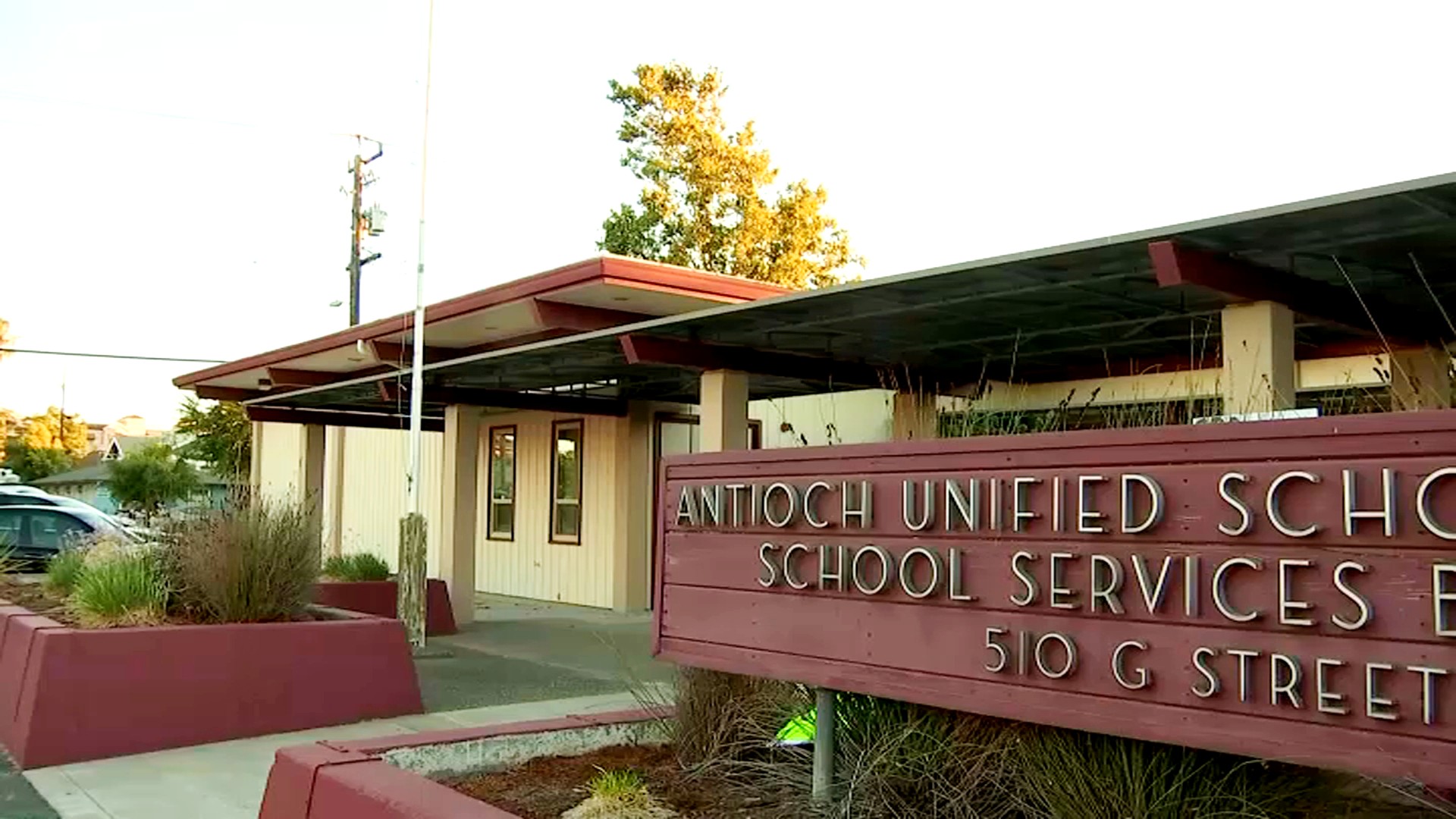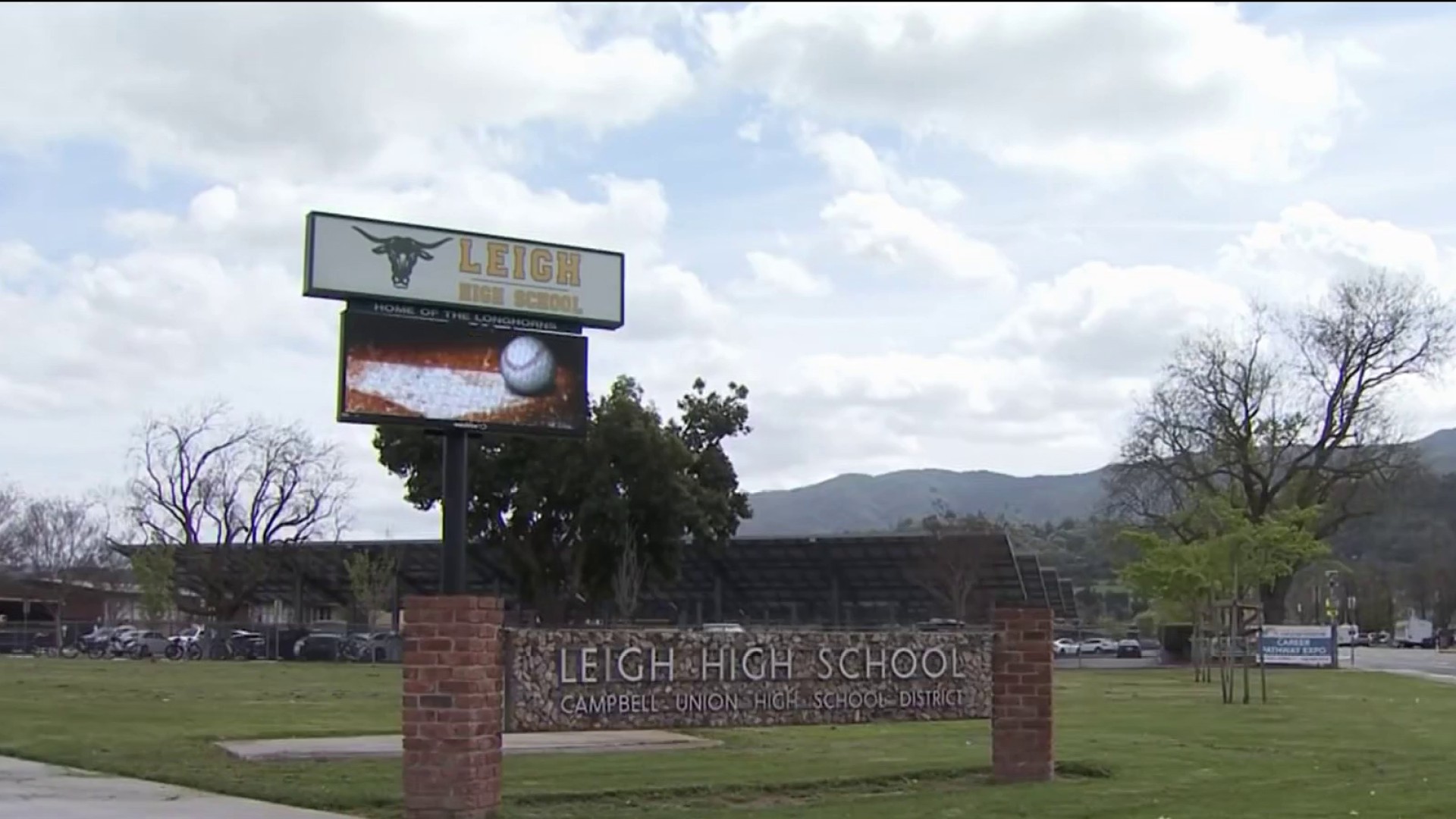Stanislav Petrov repeatedly apologized and pleaded for help as two sheriff’s deputies delivered at least 30 baton blows on him that a use of force expert deemed “grossly excessive,” according affidavit supporting the assault charges obtained by NBC Bay Area News.
A key piece of evidence for prosecutors is the body camera video -- apparently inadvertently activated -- during the Nov. 12, 2015 arrest of Petrov by Luis Santamaria and Paul Wieber. The two deputies entered not guilty pleas at their arraignment today. Their attorneys, Michael Rains and William Rapoport, both said after court that their clients’ actions were justified.
But a use of force expert, brought in by prosecutors to review the videotaped evidence, Charles Key, concluded in a statement in support of the charges that Petrov was not resisting and the use of force in the incident – causing several broken fingers and head injuries – was “grossly excessive.”
Key said that the officers continued to rain blows upon Petrov, “while he was on his on his knees with his hands behind his head/neck or on the ground” and that his actions at that point “would lead any objectively reasonable and well trained officer to believe that he was complying and that no more force could be used against him.”
Key concluded the actions of the deputies at the scene belied their claims in police reports submitted after the incident that they were fearful for their lives or an ambush, saying that their decision to tackle him was evidence that they were not in fear that he was armed.
Key said the use of force was “not objectively reasonable.” Prosecutors opted not to go with another use of force consultant who considered the incident out of policy but concluded they were not criminally responsible because of the fact that they were fearful, exhausted and under stress. San Francisco District Attorney’s Office investigator Eric Tejada said he could not rely on that consultant’s findings to make a determination of whether a crime occurred.
The affidavit described the video taken from the body camera worn by one of the officers, Wieber. Tejada says the video gives support to the conclusion that the beating was in retaliation from Petrov having struck one deputy as he fled being arrested in Castro Valley.
“He hit one of our guys,” Santamaria tells a fellow officer after the 2 a.m. clash.
Based on Wieber’s body cam and a security videotape of the incident, Tejada concluded that Petrov “had already surrendered when the…deputies beat him repeatedly, unnecessarily, and excessively with their batons.”
Local
The deputies had said in their reports that they feared for their lives in the confrontation, that Petrov kept trying to get up and would not heed commands to get on the ground.
But in the body cam video, one of the deputies can be heard demanding that Petrov get up from the ground. One deputy calls Petrov a “Mother f---er’’ as he ordered him to show his hands.
Belying their written account that Petrov sought to get away, the body camera video reveals that Santamaria at one point barked at Petrov to “Stand on your feet!” and called Petrov a "bitch."
For his part, Petrov says variously: “I’m sorry,” “Help me,” and “Oh my God.” Petrov later told investigators that he tried to shield his head with hands to avoid the blows. He said that all he did was give up and put up his hands around his head.
“My exact words, ‘I’m stopped, I’m done.’’’
“Not one time at any point I was resisting.”
As for orders to get down, Petrov said: “I couldn’t get down. How much downer could I get?”
According to Tejada’s sworn affidavit, the clash in San Francisco followed a 110 mph pursuit that started in Castro Valley. Petrov, who was in a Mercedes that had been reported stolen out of San Jose, allegedly rammed patrol cars and injured one deputy in the leg. That deputy remained at the scene.
The document recounts in detail the ensuing 2 a.m. confrontation with Petrov near Stevenson Street that left Petrov with broken bones in hands and Bleeding from the head.
According to Tejada, Wieber recounted in his report that Petrov crashed the Mercedes near Stevenson and 14th streets and fled. The deputies could not get the police dog out of their car so they chased Petrov on foot. Tejada said that he watched the surveillance video of the incident more than a dozen times. “The video shows Petrov slowed his run, stopped, turned, and began to put his hands in the air while he said something that sounded to me like, ‘Alright, (expletive)…’”
Wieber “closed on Petrov and tackled him to the ground,” Tejada said. Petrov was now in a prone position on the pavement with his hands on his head, with Wieber kneeling over him on his side. It was at that point, Tejada said, that Wieber delivered at least two blows with his right hand or fist to Petrov’s head.
Santamaria deployed his collapsible baton and, with both hands, began hitting him with his baton. At that point, Wieber stood up and got on the radio to report that the deputies were “fighting with one” suspect, according to Tejada.
The surveillance video has nine-second gaps, but it shows that at the next point, both deputies were hitting Petrov. Tejada said that based on the videotape evidence, it took about 40 seconds to deliver at least 30 baton blows.
Although the deputies repeatedly order Petrov to get on the ground and give up his hands, Petrov appears confused, asking for help and at another point, saying: “I am on the ground.”
In his official report – which he was allowed to modify after a surveillance video became public -- Wieber said that he was concerned for his safety because the alley where Petrov ran was poorly lit and had multiple homeless encampments. “I felt Petrov was luring me into a possible ambush or position of disadvantage,” he said, causing him to fear for his and Santamaria’s safety. Wieber said he then tackled Petrov, but lost control of him. Sensing Petrov was trying to get up and unable to control him, Wieber said he punched him twice in the face “to subdue him.”
But, he said, the punches were not effective because he was semi-prone. “The punches seemed to have little effect as Petrov continued to resist.”
It was that point, he said, that he pushed Petrov to the ground and swatted, radioing back that he and his partner were in a fight. Wieber recounted in his report that he believed Petrov was armed, as he kept reaching for his waistband and refused to surrender. Petrov refused to heed commands, he said, and attempted to get up unsuccessfully. “I believe the baton strikes temporarily prevented Petrov from standing.”
Wieber said he became exhausted from fighting with Petrov, who continued to resist.
Santamaria, who is heard barking orders for Petrov to stand, said in his report that he ordered him to stop running when he first got out of the stolen car. He too said he was worried about the dimly lit location, given Petrov’s apparent effort to reach into his waistband.
“I was uncertain if Petrov was trying to stand up or access a weapon hidden in his pants,” Santamaria recounted in his report. He said Petrov continued to refuse to heed commands as delivered baton blows that had little effect but caused Santamaria to become exhausted and dizzy.
It also details the reluctance of a San Francisco police officer and District Attorney’s office investigators to press the case against the two deputies, who are now on leave.
In the affidavit, Tejada recounted how took over the investigation two months after the incident – in part because of the apparent reluctant of another investigator in his office and police to pursue the case against the deputies. He said that the findings of one of his own office investigators and the police sergeant assigned the case initially “draw conclusions counter to the evidence.”
“Their reports and investigative steps also in my opinion reflect an inordinate amount of time spent exploring allegations about Petrov’s criminal history that could not have been known to the deputies, and pursing alternate theories to explain Petrov’s injuries.”
The initial District Attorney’s office on-call investigator expressed reluctance to take part in the case, Tejada said. The investigator also asserted in early December that the video evidence was not clear on whether Petrov was actually trying to get up. Tejada asserted that an “objective view” of the evidence is “actually quite clear. I believe it shows Petrov did not push up from the ground….”
At one point, a supervisor recounted how the initial investigator in the case for the District Attorney had “expressed reluctance to pursue fellow police officers” as he was not part of the normal special prosecution team assigned such efforts.
The on-call investigator wanted to try to show that Petrov’s injuries may have happened before the beating, even though there was no photographic evidence to support that premise, Tejada said.
By January, the District Attorney’s office management was beginning to “have doubts” about the on-call investigator’s handling of the case. One supervisor later told the police inspector in the case that the on-call investigator “seemed to me to suffer from an insurmountable pro-police bias.” He was removed from the case in February.



